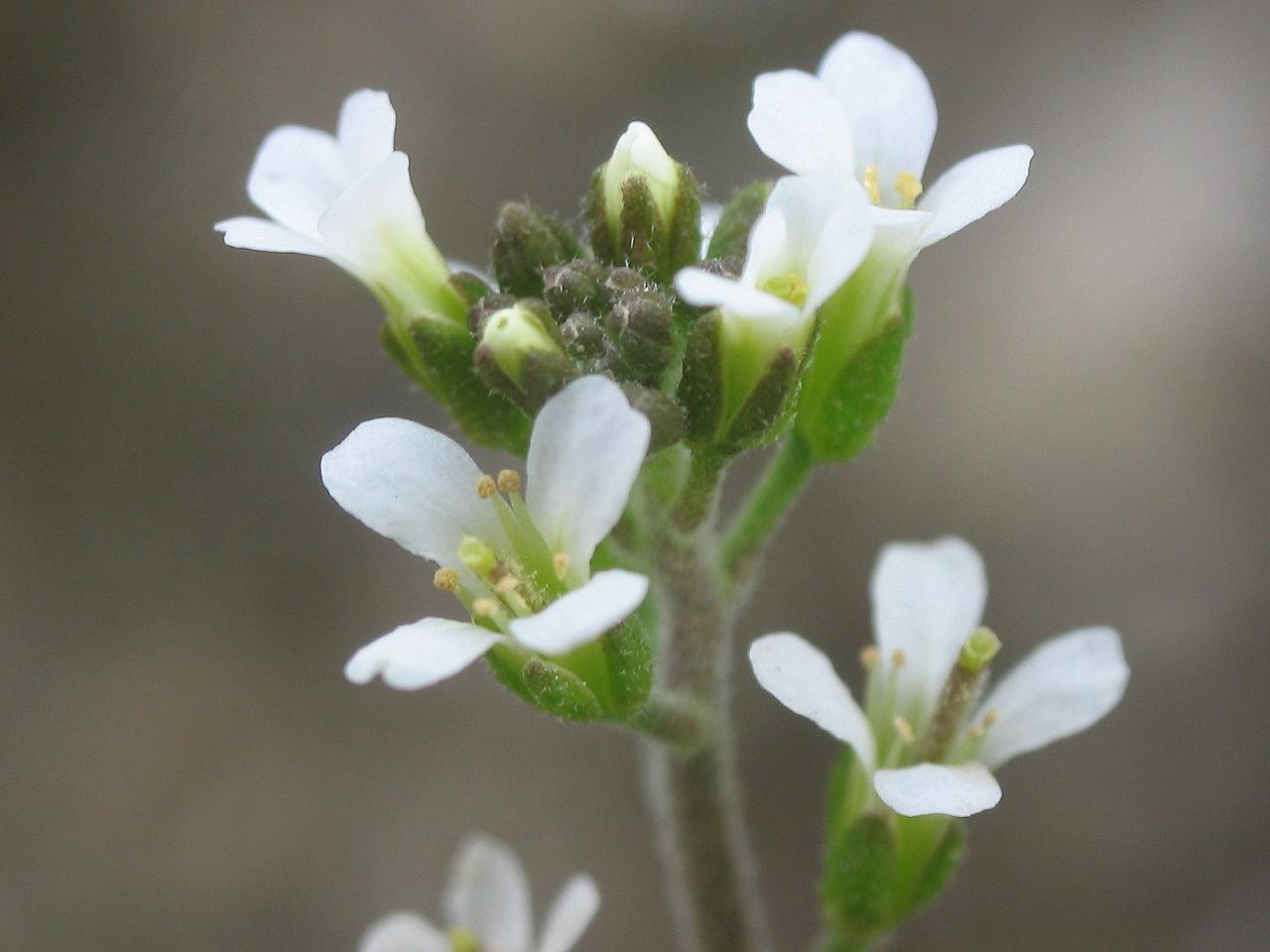The surprising answer is yes: plants have a memory and quite long too!
You may have heard of the Mimosa chaste, a pretty little plant that is very popular on the web because it responds to external stimuli, for example when it is touched, it promptly closes its leaflets. This video is a good example:
The plants grow, they reproduce, they hunt and defend themselves from predators just like any other living being, but their movements are as a rule very slow, so much so that they seem practically static to our eyes. The mimosa pudica represents one of the exceptions, since we actually see it move and react immediately to the stimuli to which it is subjected. Precisely this characteristic has allowed scientists to reach important conclusions about the ability of plants to "remember".
In an experiment, some mimosa pudica plants grown in pots were subjected to repeated falls from a height of approximately 10 centimeters. For the first ones 7 or 8 repetitions the plants reacted to the stimulus, that is, the fall, closing the leaves: after which they started not closing them anymore. In the past, attempts have been made to explain this type of phenomenon by attributing it to a "tiredness" of the plant. Actually, if subjected to a different stimulus, like a horizontal shake instead of a fall, the mimosa pudica seedlings begin to close their leaves again.
The only explanation is that these “souvenir” and classify the fall of a few centimeters as not dangerous. But they are far from tired: Indeed, they remain alert and perfectly capable of recognizing and reacting to a different and unknown stimulus. Even more astonishing was the observation that the plants had retained the memory of the fall for approximately 40 days. It is an important result, which surpasses the short memory of many insects and instead approaches the standards of several higher animals!
 In the case of mimosa pudica our perception of the vegetal memory is immediate, but numerous other experimental evidences, even from different species, confirm its existence. It is precisely thanks to these mechanisms, eg, that a plant "remembers" the exact time of year in which to flower or perfects its response to environmental stress after being repeatedly exposed to it.
In the case of mimosa pudica our perception of the vegetal memory is immediate, but numerous other experimental evidences, even from different species, confirm its existence. It is precisely thanks to these mechanisms, eg, that a plant "remembers" the exact time of year in which to flower or perfects its response to environmental stress after being repeatedly exposed to it.
Perhaps talking about memory and memories for a plant creates embarrassment because these beings do not have a real organ equivalent to our brain. The mechanisms are not yet clear and some have put forward the hypothesis that the so-called mechanisms could be at the basis prions: they are proteins whose chain is wound incorrectly and which propagate this malformation to all nearby proteins. In yeasts, the contamination capacity of prions is considered an alternative way of coding and transmitting information, producing self-replicating protein variants that track their past exposure to environmental stimuli. Plants could use the same mechanism. The presence of potentially prion proteins in the genome of Arabidopsis thaliana, a model plant for various studies on plant physiology, and their association with the processes that mediate flowering would seem to support this thesis.
Propagation of prions
The functioning of memory remains in many respects obscure even in animals and is certainly a field of great fascination and potential technological applications.
Erika Salvatori
References:
- Shorter, J. and Lindquist, S. Prions as adaptive conduits of memory and inheritance (2005). Nature Reviews Genetics 6, 435-450
- Stefano Mancuso “Plant revolution. Plants have already invented our future” (2017)








Leave A Comment